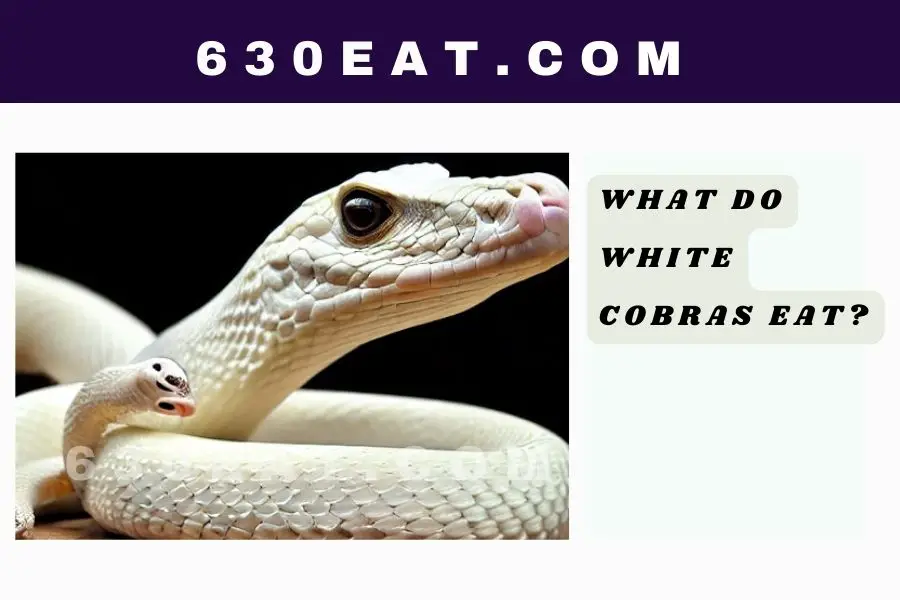If you’ve ever heard of a dingo, you might know it’s a type of wild dog found in Australia. Dingoes are highly adaptable and can survive in various environments, from deserts to forests and rural and urban areas. They’re opportunistic hunters, and their diet is influenced by food availability in their habitat.
In this article, we’ll explore the different types of food that a dingo might eat, including their preferred meals and occasional treats.
What is a Dingo?
Before we dive into what dingo eats, let’s discuss what a dingo is. Dingoes are wild dogs that have been roaming Australia for over 4,000 years. They’re thought to have originated from domesticated dogs brought over by humans from Asia, which then bred with other wild dogs.
Dingoes are medium-sized and have short, thick fur that helps them regulate their body temperature in the harsh Australian climate. Their coloration can range from sandy yellow to reddish-brown, and they have pointed ears and bushy tails.
What Do Dingoes Eat
Dingoes are apex predators, meaning they’re at the top of the food chain in their habitat. As opportunistic hunters, dingoes can eat various food, depending on what’s available. Their diet can vary depending on where they live, the time of year, and their age and health.
Meat
Meat is the primary food source for dingoes. They’re carnivores, meaning they require a diet of animal flesh to survive. Dingoes hunt a range of prey, from small rodents to large kangaroos. They also scavenge for food, eating carcasses of dead animals left by other predators. Some common sources of meat in a dingo’s diet include:
- Kangaroos: Kangaroos are one of the primary food sources for dingoes in the wild. Dingoes hunt kangaroos in packs, using their speed and agility to catch the large animals. They’ll often target young or weak kangaroos, but they’re also capable of taking down full-grown adults.
- Wallabies: Wallabies are similar to kangaroos but are smaller. Dingoes will hunt wallabies if kangaroos aren’t available.
- Rabbits: Rabbits are a common prey item for dingoes, particularly in areas where they’ve been introduced as pests. Dingoes can easily catch rabbits, which are much smaller than kangaroos or wallabies.
- Possums: Possums are another small prey item that dingoes will hunt if they’re available. Dingoes are skilled climbers and can follow possums up trees to catch them.
Other Sources of Food
While meat is the primary source of food for dingoes, they’ll also eat other types of food if it’s available. Some of these include:
- Fruits and berries: Dingoes will eat fruits and berries, particularly in times when meat is scarce. Some common fruits they eat include wild figs, native cherries, and bush tomatoes.
- Insects: Dingoes will eat insects if they’re available, such as grasshoppers, beetles, and ants.
- Reptiles: Dingoes will eat reptiles, such as snakes and lizards if they come across them in their habitat.
- Human food: Dingoes are opportunistic and will scavenge for human food if they come across it. This can include anything from garbage to pet food left outside.
Do Dingoes Eat Domestic Animals?
While dingoes primarily hunt wild animals, they’ve been known to attack and kill domestic animals, such as livestock and pets. This can be a problem for farmers and ranchers, as dingoes can cause significant economic losses. Dingoes target young or weak animals, and they’re particularly attracted to the smell of blood. They can also become accustomed to the presence of domestic animals and view them as a food source.
How Do Dingoes Hunt?
Dingoes are highly skilled hunters and have several strategies for catching their prey. Some of these strategies include:
- Hunting in packs: Dingoes are social animals who often hunt in packs. This allows them to take down larger prey and increases their success chances.
- Stalking: Dingoes are stealthy hunters who often stalk their prey before attacking. They’ll move slowly and quietly, staying low to avoid detection.
- Ambushing: Dingoes sometimes ambush their prey, hiding behind bushes or rocks and then pouncing when their target comes into range.
- Running down prey: Dingoes are fast runners and can chase down their game over long distances. They’ll use their speed and stamina to tire out their target before making a final attack.
Dingo’s Role in the Ecosystem
Dingoes play an essential role in the Australian ecosystem. As apex predators, they help regulate other animal populations in their habitat. Hunting and controlling the populations of herbivores, such as kangaroos, wallabies, and dingoes, help prevent overgrazing and maintain the balance of the ecosystem.
In addition, dingoes are also important cultural and spiritual symbols for some Indigenous Australians. They feature prominently in Indigenous artwork, stories, and songs and are considered sacred animals in some cultures.
Conclusion
In conclusion, dingoes are adaptable and opportunistic hunters that can survive in various environments. Their diet is primarily composed of meat, but they’ll also eat other types of food if it’s available. While dingoes mostly hunt wild animals, they’ve been known to attack domestic animals, which can be a problem for farmers and pet owners. Dingoes are highly skilled hunters and are essential to the Australian ecosystem.




